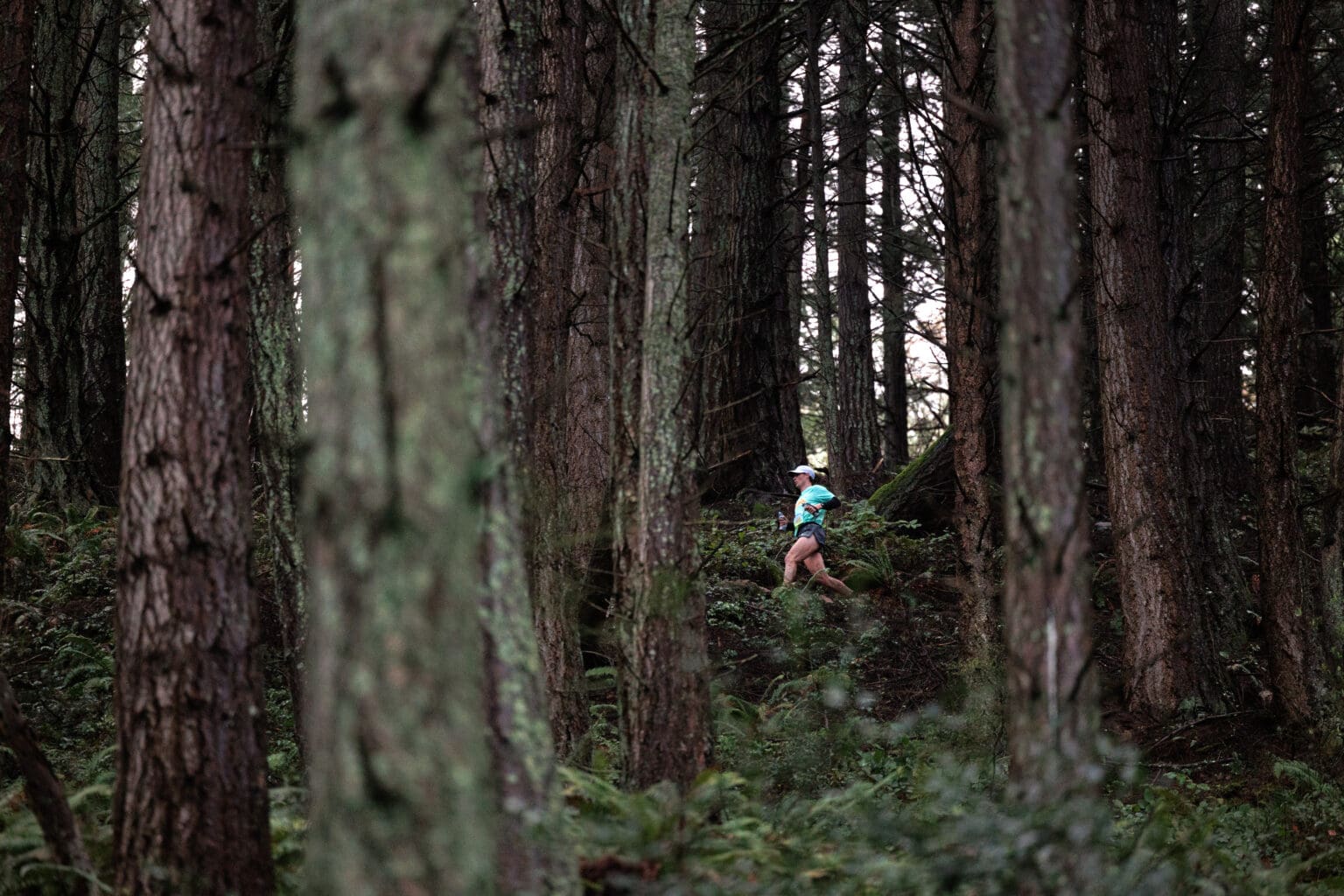Many who gatekeep or bring toxicity into the outdoor adventure sphere don’t realize they’re doing it. When provided the right feedback in the right way, many of these folks back off.
But what about those who actively want to bring fear and toxicity to the outdoor space? What about those who put their agenda in front of the community’s agenda?
I encountered this twice in the Chuckanuts this summer, crossing paths with a pair of individuals who made others feel threatened.
First, there was the early morning trail runner with an off-leash dog on the Fragrance Lake Trail. And though dogs are supposed to be on leash in the state park, that wasn’t the issue. Instead, it was the fact he was running naked on one of the most popular trails in Whatcom County.
I tend to trail run early in the morning, so I was on my way down when I encountered the man. Shortly thereafter, and separately, I came upon two solo female trail runners on their way up whom I’d seen on the trail in the past. Both women turned back after hearing about the naked man.
Was this individual engaging in harmless nudism, or was he a threat?
It doesn’t matter. If a solo female runner encounters a naked man running toward her early in the morning on a nearly empty trail, she will likely be afraid — potentially for legitimate reasons.
Second was an incident with a young man on the Madrone Crest Trail. I was hiking down with an old friend, his wife and their 12-year-old daughter. The 20-something-year-old coming uphill was wearing an inverted knife-carry chest harness with a large military-style knife fastened to it. This harness is designed for the quick deployment of a knife to be used in a violent conflict with another human being which, in itself, is a little spooky. It seemed tactical and over-the-top for a peaceful urban trail. But it was the insignia next to it that made it even more problematic.
The man with the paramilitary look and a hunting knife at the ready had a patch next to the weapon that said, “Show me your t*ts.” The combination of these two things felt aggressive, misogynistic and dangerous.
The young man didn’t have to say anything for all three of us — including the 12-year-old girl — to feel threatened.
We passed by one another, each going in the opposite direction without incident. But the four of us continually looked back to ensure that he was gone. As we debriefed, my friend noted he should have said something.
I was glad he didn’t.
Within the outdoor adventure community, we have a culture that is slowly progressing forward.
We are trying to get a more diverse set of people outside; we are trying to make them feel safe and accepted, and we are also doing a better job of holding accountable those who unintentionally gatekeep the spaces.
But this is different.
There are a handful of mechanisms to manage potential human threats on a trail, such as pre-trip research, personal awareness, recreating with others, fight-or-flight, and law enforcement.
The most common response to threatening behavior on a trail or in the backcountry is to post on social media forums. In some cases — like on the Pacific Crest Trail, where people are hiking for months — the location of a dangerous or threatening individual is updated after every encounter.
In other cases, individuals who have exhibited dangerous or threatening behavior in the community have been called out within, for example, private Facebook outdoor adventure groups for women. This allows women looking for adventure partners to avoid those individuals.
Many people get lost in their headphones, their conversations or their thoughts when in the wilderness. There are a lot of hazards out there, and when you are in your own bubble, these threats can be missed.
Recreating with others is always a good way to increase your safety, both in the event of an encounter with a suspect person, as well as in the event of some other outdoor emergency.
I’m not a proponent of firearms as a solution. It’s too easy for these to be misused, or to become a go-to in a minor conflict. However, I do think bear spray can be a solution for some populations, for both human and animal threats.
And finally, when you have an uncomfortable encounter, it doesn’t hurt to make a report to law enforcement. Even if the incident doesn’t rise to the level of illegality, at least there’s a record.
Outdoor adventure recreation should remain open to all. It’s dangerous enough without feeling threatened by other humans.
Jason Martin’s outdoors column appears monthly. Email: jason@alpineinstitute.com. Threads: @OutdoorPolitics.





